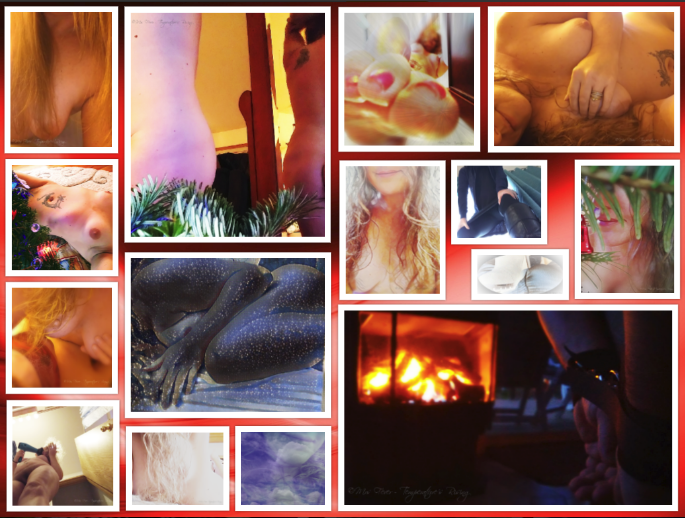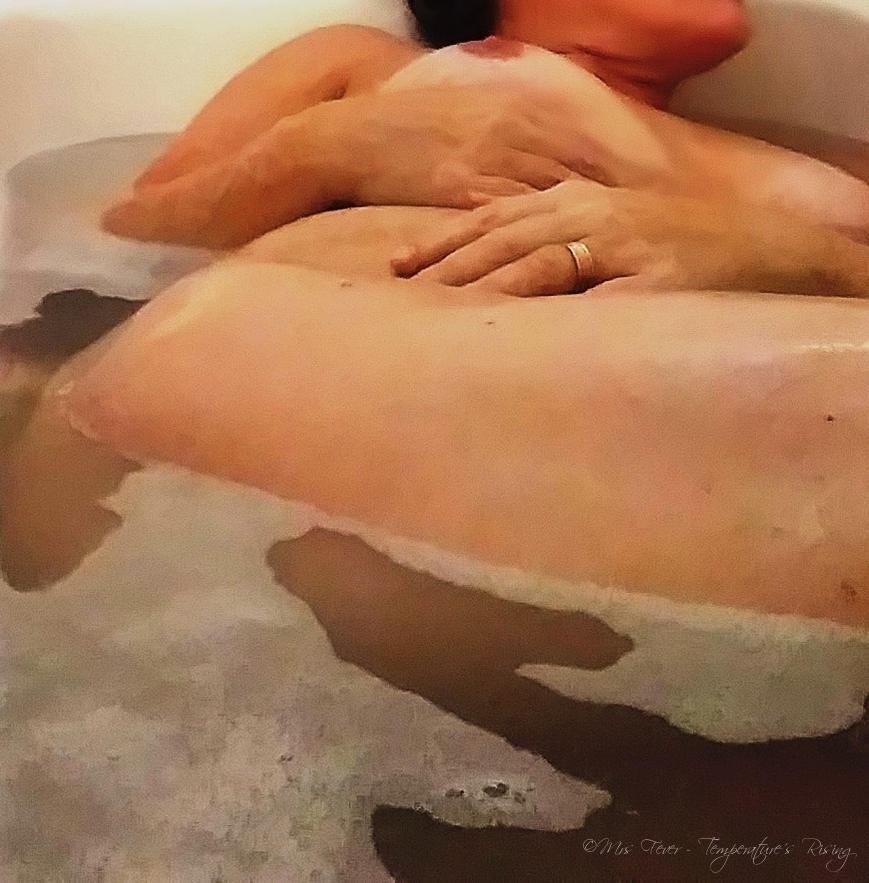I feel like I write about eyes – and eye contact – often. Eyes, as the most changeable facet of one’s facial expression, have the ability to communicate on a level the voice alone cannot. Consent, control, compassion, command, compliance, contrition… The words, in every instance, may be “I will,” but the facial expression – acquiescence, desire, sympathy, authority, obedience, apology – is what conveys the meaning behind them. So when it comes to writing: Eyes are key to unlocking your characters. They open the door and invite readers in to your story.
Beginning Steps
For beginning writers, it is often a challenge to describe people in engaging ways. Often we revert to simplistic descriptors in an effort to tell our readers what we see. The problem with that, is that reverting to fact-sharing as a way of describing characteristics {1} leaves both too much and too little to the imagination, and {2} does not provide for an emotional connection between Reader and Content.
As to {1} — Writing that a person’s eyes are brown opens up a myriad of possibilities while simultaneously being imagination-haltingly simplistic. ‘Brown’ could mean anything from Saskatchewan Cedar to Iowa field mud. It gives readers a fact (in a stats-quote kind of way, a la Literotica stories and Penthouse letters) without any sensual or emotional context. (For more on writing sensual-emotional context, feel free to check out the post I wrote for Eroticon at the beginning of the year.)
Instead of ‘brown’, consider perhaps instead:
- antique oak
- burnt caramel
- chestnut
- creamy latte
- dark cacao
- evergreen bark
- melted chocolate
- newborn fawn
- worn leather
Are those things all technically colors? Not necessarily.
But, as to {2} — They are all things that call a color – as well as a texture or other sensory cue – to mind, and giving your readers sensory cues while simultaneously describing physical characteristics is a good First Step toward engaging your readers.
Continue reading →Like this:
Like Loading...



